INTERNACIONAL
Israel strikes Syria’s military headquarters as the regime clashes with Druze civilians
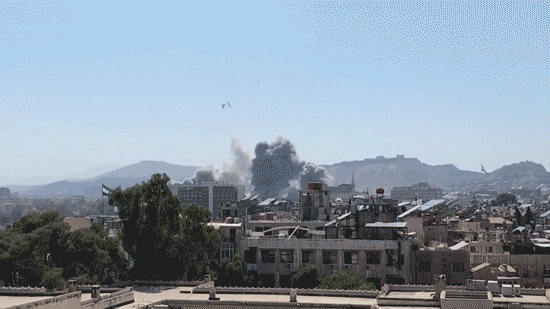
NEWYou can now listen to Fox News articles!
Israel announced on Wednesday that its forces struck near the entrance of the Syrian Defense Ministry’s headquarters in Damascus.
«The IDF continues to monitor developments and the regime’s actions against Druze civilians in southern Syria. In accordance with directives from the political echelon, the IDF is striking in the area and remains prepared for various scenarios,» the Israel Defense Forces (IDF) wrote on X.
An Israeli military official said on Wednesday that while the Syrian regime has claimed it is acting to restore order, what is happening on the ground tells a «very different story.» The official added that the more the regime intervenes «the worse it gets.»
Israeli Prime Minister Benjamin Netanyahu also put out a statement saying that his country’s forces were «acting to save our Druze brothers and eliminate the regime’s gangs» and warning Druze in Israel not to go into Syria.
«I have one request of you: You are citizens of Israel. Do not cross the border,» Netanyahu said on Wednesday. «You are endangering your lives; you could be killed, you could be kidnapped, and you are harming the IDF’s efforts. Therefore, I ask you, return to your homes, let the IDF do its work.»
Israel is acting in defense of the Druze minority in southern Syria, which has been involved in violent clashes recently. (Reuters)
WHY SYRIA PLAYS A KEY ROLE IN TRUMP’S PLANS FOR MIDDLE EAST PEACE
The southern Syrian city of Sweida has become a flashpoint in recent days as the country’s leaders clash with armed Druze groups. Syria’s Defense Ministry claimed its forces acted after militias in Sweida violated a ceasefire agreement reached on Tuesday.
Syria’s Defense Ministry reportedly said in a statement that its forces were continuing to fire in Sweida «while adhering to rules of engagement,» including preventing harm, according to the Associated Press.
Israel has threatened to increase its involvement in Syria and vowed to protect the Druze religious minority, which began as a 10th-century offshoot of Ismailism, a branch of Shiite Islam, the Associated Press reported. Most of the world’s Druze population lives in Syria, with the rest predominantly in Israel and Lebanon.
«And I raise the question: What else needs to happen for the international community to make its voice heard? What else needs to happen? What are we still waiting for?,» Israel’s Minister of Foreign Affairs Gideon Sa’ar said on Wednesday. «Our interests in Syria are known, limited and clear. First of all, to maintain the status quo in the southern Syrian region, which is also close to our border. And to prevent the development of threats against Israel in this area. The second thing – to prevent harm to the Druze community, with which we have a bold and strong relationship – with the Druze citizens here in Israel.»

Syrian security forces walk together along a street, after clashes between Syrian government troops and local Druze fighters resumed in the southern Druze city of Sweida early on Wednesday, collapsing a ceasefire announced just hours earlier that aimed to put an end to days of deadly sectarian bloodshed, in Sweida, Syria July 16, 2025. (REUTERS/Karam al-Masri)
TRUMP’S PUSH FOR ISRAEL-SYRIA PEACE GETS MAJOR BACKING AS ACTIVIST BRINGS MESSAGE TO JERUSALEM
The Druze are a prominent minority in Israel, where members of the community hold key military positions. In 2015, Col. Ghassan Alian, who is Druze, became the first non-Jewish commander of the Golani Brigade. Additionally, unlike other minorities in Israel, Druze males are not exempt from conscripted military service.
«Israel is committed to preventing harm to the Druze in Syria due to the deep brotherhood alliance with our Druze citizens in Israel, and their familial and historical connection to the Druze in Syria – and we are acting to prevent the Syrian regime from harming them, and to ensure the demilitarization of the area adjacent to our border with Syria,» a joint statement by Netanyahu and Israeli Defense Minister Israel Katz read.
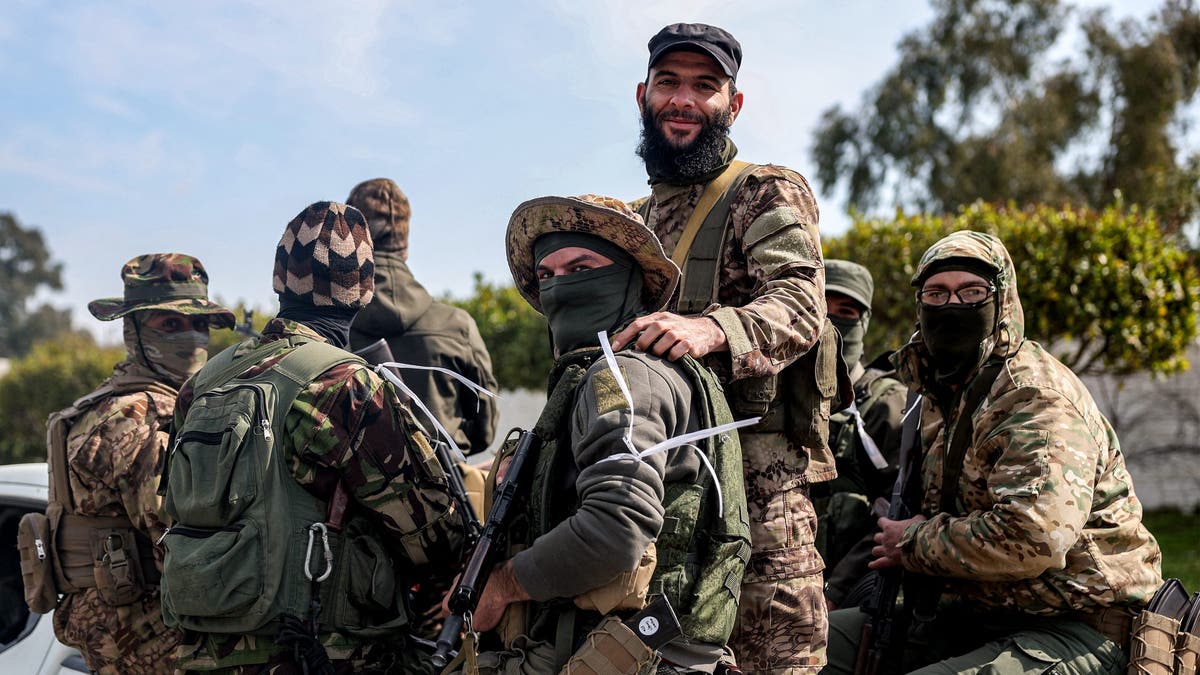
Security forces loyal to the interim Syrian government ride in the back of a vehicle moving along a road in Syria’s western city of Latakia on March 9, 2025. (OMAR HAJ KADOUR/AFP via Getty Images)
The latest unrest in Syria began with kidnappings and attacks between the Sunni Bedouin tribes and Druze armed factions in the southern part of the country, according to the Associated Press. Syrian regime forces operating to restore order have also clashed with the Druze and have reportedly been carrying out extrajudicial killings and looting and burning civilian homes.
CLICK HERE TO GET THE FOX NEWS APP
In March, Syria’s al Qaeda-linked regime killed members of the Alawite and Christian communities. Former Syrian President Bashar Assad, whose regime was toppled in December by Ahmed al-Sharaa and his group, Hayat Tahrir al-Sham — a U.S.-designated terror organization, is a member of the Alawite community.
INTERNACIONAL
Robo al Louvre: hallan 150 pruebas de ADN y logran rastrear la ruta que tomaron los ladrones
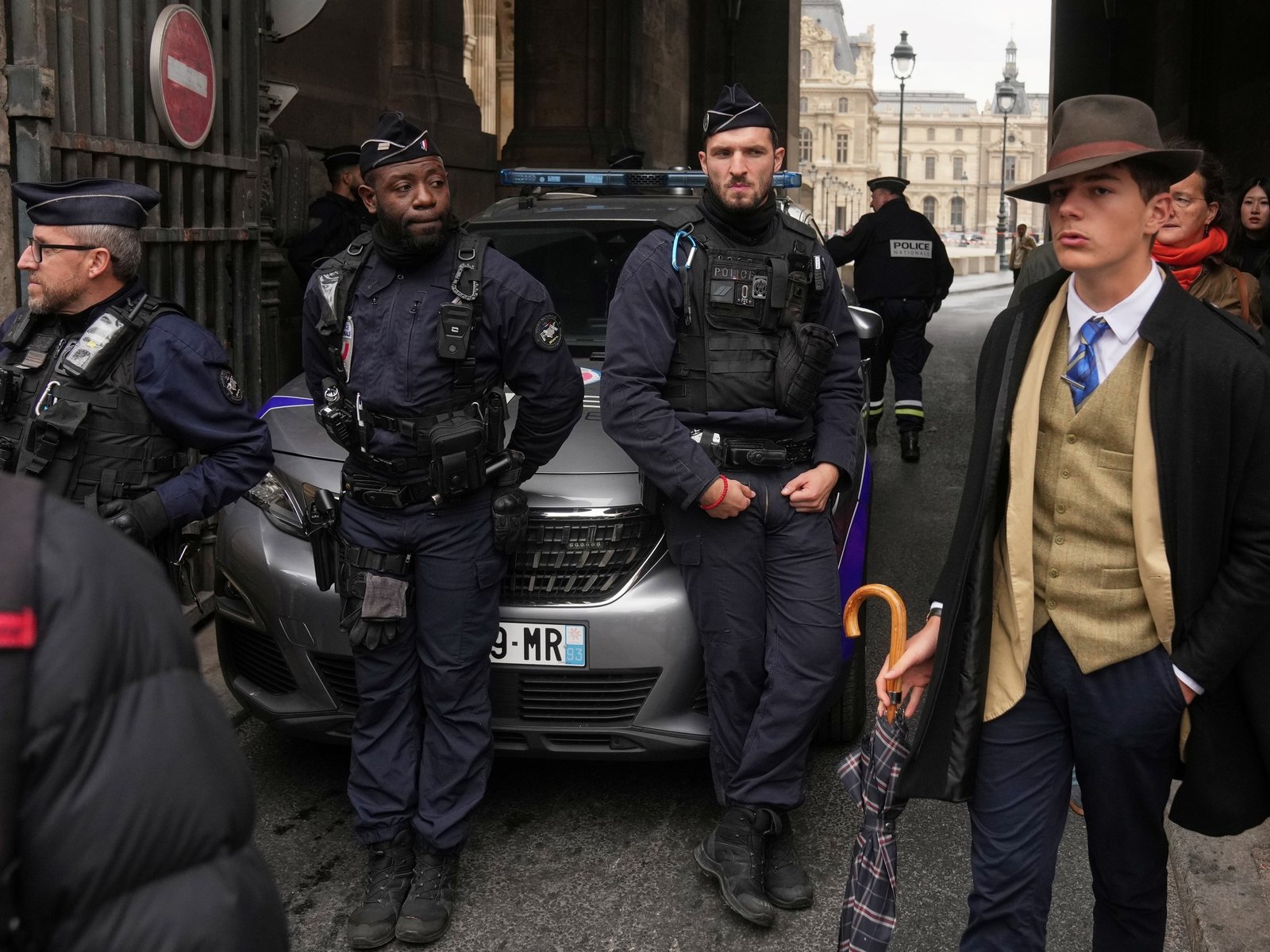
Un ruido enorme
¿Un robo con plan frustrado?
Demasiados robos en el museo
INTERNACIONAL
US kills 6 suspected narco-terrorists in overnight strike on alleged drug smuggling boat, Hegseth says

NEWYou can now listen to Fox News articles!
President Donald Trump directed a nighttime U.S. strike on a suspected Tren de Aragua vessel in the Caribbean Sea, killing six alleged narco-terrorists, officials say.
«Overnight, at the direction of President Trump, the Department of War carried out a lethal kinetic strike on a vessel operated by Tren de Aragua (TdA), a Designated Terrorist Organization (DTO), trafficking narcotics in the Caribbean Sea,» War Secretary Pete Hegseth announced on X sharing an accompanying video of the strike. «The vessel was known by our intelligence to be involved in illicit narcotics smuggling, was transiting along a known narco-trafficking route, and carrying narcotics.»
«Six male narco-terrorists were aboard the vessel during the strike, which was conducted in international waters — and was the first strike at night,» he said. «All six terrorists were killed and no U.S. forces were harmed in this strike.»
HEGSETH SAYS US CONDUCTED ANOTHER STRIKE IN EASTERN PACIFIC TARGETING ALLEGED NARCO-TRAFFICKERS
This infrared image released by the Department of War shows a suspected Tren de Aragua vessel in international waters of the Caribbean Sea before a U.S. nighttime strike that killed six alleged narco-terrorists, officials said. (Department of War/Pete Hegseth)
Hegseth further warned, «If you are a narco-terrorist smuggling drugs in our hemisphere, we will treat you like we treat [al Qaeda]. Day or NIGHT, we will map your networks, track your people, hunt you down, and kill you.»
The strike marks the 10th operation targeting suspected drug traffickers since Trump returned to office. The president has made combating the nation’s drug crisis a central policy focus.
The first strike took place on Sept. 2, and since then, 43 suspected drug traffickers have been killed and two have survived, officials said. The pace of the strikes has increased from one every few weeks in September to three so far this week.
The operations have mostly targeted vessels linked to Venezuela’s Tren de Aragua network. The missions have ranged from attacks on smuggling boats to the destruction of a submersible, with footage of several operations released by Hegseth and Trump on social media.
TRUMP APPROVES MILITARY ACTION AGAINST LATIN AMERICAN CARTELS CLASSIFIED AS TERRORIST ORGANIZATIONS
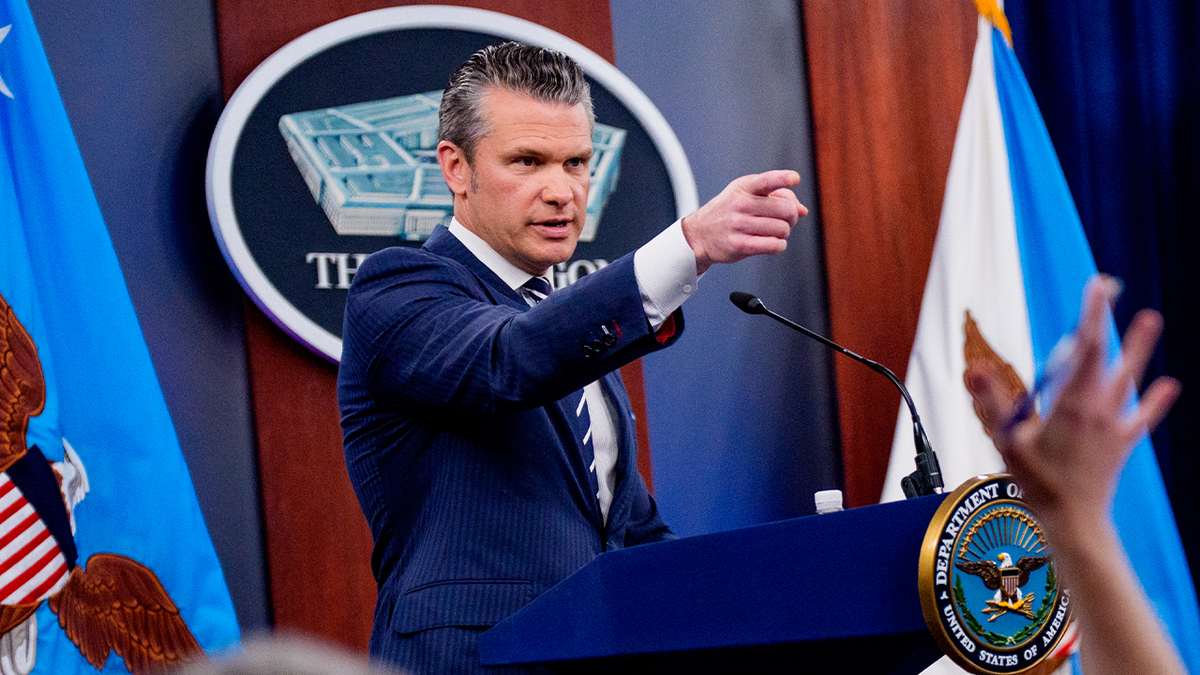
War Secretary Pete Hegseth announced the latest strike Friday morning. (Andrew Harnik/Getty Images )
When reporters asked Trump on Thursday whether he would request Congress issue a declaration of war against the cartels, he said that wasn’t the plan.
«I think we’re just going to kill people that are bringing drugs into our country, OK? We’re going to kill them, you know? They’re going to be like, dead,» Trump said during a roundtable at the White House with homeland security officials.
Trump this month declared drug cartels to be unlawful combatants and said the U.S. was in an «armed conflict» with them.
Members of Congress from both sides of the aisle are questioning Trump’s decision to launch the operations without first consulting lawmakers. Several Democrats are warning that the strikes could breach international law.
Sen. Rand Paul, R-Ky., has also raised concerns about killing people without due process and the possibility of killing innocent people.
CLICK HERE TO GET THE FOX NEWS APP
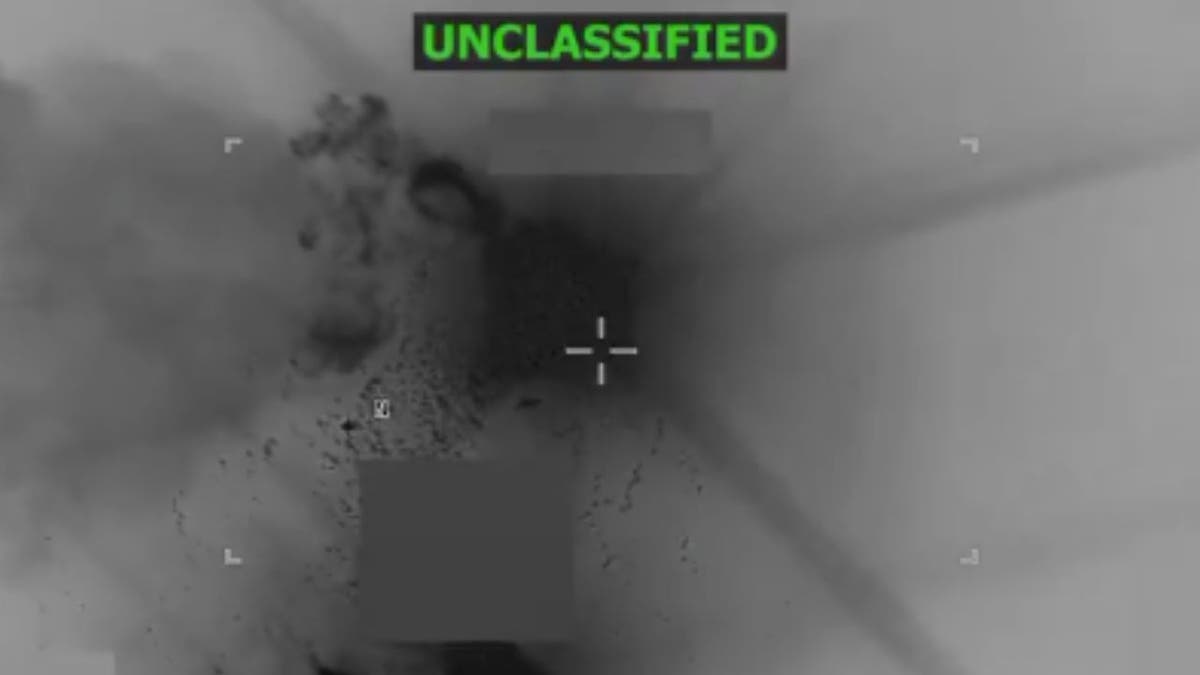
An infrared image released by the Department of War shows debris and smoke following a nighttime strike on a suspected Tren de Aragua vessel in international waters of the Caribbean Sea. Officials said six alleged narco-terrorists were killed in the operation. (Department of War)
In a recent interview, Paul cited Coast Guard statistics that show a significant percentage of boats boarded for suspicion of drug trafficking are innocent.
The senator has also argued that if the administration plans to engage in a war with Venezuela, as it has targeted boats in recent weeks it claims are transporting drugs for the Venezuela-linked Tren de Aragua gang, it must seek a declaration of war from Congress.
Fox News’ Landon Mion and The Associated Press contributed to this report.
narco terror,military,pete hegseth,donald trump,secretary of defense,world,drugs
INTERNACIONAL
Trump’s beef import plan ignores key issue squeezing American cattle ranchers

NEWYou can now listen to Fox News articles!
While President Donald Trump’s proposal to import more beef from Argentina is billed by the administration as a way to bring down prices for American consumers, critics say it misses the real issue driving costs at the grocery store: corporate concentration in the U.S. meatpacking industry.
Four corporations — Tyson, JBS, Cargill and National Beef — anchor the U.S. beef supply chain, with pricing power that reaches from pasture to plate. As a result, the gap between what producers are paid for cattle and what consumers spend on beef has remained wide, a reflection, economists say, of how market power is distributed along the supply chain.
Fox News Digital reached out to all four companies for comment but did not receive a response as of publication.
TRUMP ADMIN EYES ARGENTINE BEEF IMPORTS AS DOMESTIC PRICES SOAR TO RECORD HIGHS
Some critics argue the real problem isn’t about supply, it’s the corporate giants controlling America’s meat industry. (Melina Mara/The Washington Post/Getty Images)
The frustration extends beyond farm country – Rep. Thomas Massie, R-Ky., says the dominance of multinational meatpackers is hurting both producers and consumers.
«Four corporations control 85% of the meat sold in the United States. One of these corporations is Chinese-owned and one is Brazilian-owned. American farmers are being squeezed and American consumers are being gouged,» Massie told Fox News Digital.
Massie, who raises cattle on his Kentucky ranch, warned that expanding beef imports from Argentina would only worsen those structural problems.
«Flooding the market with Argentinian beef is not the answer to these problems. An America First solution to rising beef prices is to pass my PRIME Act, which would empower American farmers to sell directly to consumers without interference from global corporate middlemen,» Massie said.
Under current federal law, beef processed at small, state-inspected facilities can’t be sold across state lines, even if it meets the same health standards as federally inspected meat. Massie’s PRIME Act would remove that barrier, a change supporters say would let local ranchers reach more consumers and compete with the big packers.
GOP LAWMAKERS WARN TRUMP’S ARGENTINA BEEF PROPOSAL COULD RATTLE US RANCHERS

Agriculture Secretary Brooke Rollins recently unveiled a plan aimed at strengthening the U.S. cattle industry. (Ty Wright/Bloomberg/Getty Images)
Economists agree the beef market is highly consolidated, but say the forces shaping prices go well beyond any one trade deal.
Glynn Tonsor, a professor of agricultural economics at Kansas State University, told Fox News Digital that strong consumer demand continues to drive beef prices higher, regardless of supply fluctuations.
«There’s nothing that forces me or you or anybody else when we go into the grocery store to pay more for beef. People are choosing to,» he said. «The consumer desire for beef is strong and, regardless of the supply-side situation, that has the effect of pulling prices up.»
He also noted that the large-scale structure of the U.S. meatpacking industry, often criticized by ranchers and lawmakers, has economic benefits for consumers.
«I would argue that those economies of scale benefit consumers,» Tonsor said. «The ability to operate at a cheaper cost per head and, ultimately, per pound produced gives us the ability to offer beef and every other item we’re talking about at a cheaper price. Anything we do that loses those economies of scale actually hurts consumers in the form of higher prices.»
FROM CATTLE TO CRUDE: HOW TRUMP’S TARIFFS ARE RATTLING THE LONE STAR STATE

The White House has previously said that importing beef will help address the rising food costs in the U.S. (Jim Watson/AFP/Getty Images)
Derrell Peel, a professor of agricultural economics at Oklahoma State University, said that even if U.S. imports from Argentina increase, the impact on overall prices would be negligible.
«Most of what we import is lean, processed beef trimmings used for ground beef,» said Peel, who specializes in livestock marketing. «We’re not talking about the kind of beef that affects steak prices. Even if we doubled imports, it would be such a small share of the total supply that we wouldn’t detect any real impact.»
Peel added that there’s no quick way to ease pressure on cattle prices, since it takes roughly two years to bring animals to market and several years to rebuild herds.
«The fact of the matter is there’s really nothing anybody can do to change this very quickly,» he said. «We’re in a tight supply situation that took several years to develop, and it’ll take several years to get out of it.»
BEEF PRICES HIT RECORD HIGHS AS NATIONWIDE CATTLE INVENTORY DROPS TO LOWEST LEVEL IN 70 YEARS

Economists say there’s no quick way to ease pressure on cattle prices or beef. (Ricky Carioti/The Washington Post/Getty Images)
CLICK HERE TO GET THE FOX NEWS APP
Meanwhile, the White House defended the plan, saying it’s aimed at balancing relief for consumers with long-term support for U.S. cattle producers.
«The president loves our ranchers, and he also loves American consumers, and he wants to do right by both,» White House press secretary Karoline Leavitt said on Wednesday.
Leavitt said Trump’s immediate goal is to lower beef prices by increasing supply through additional imports, while a separate, long-term plan will focus on strengthening the domestic cattle industry.
She pointed to a three-part plan announced by Agriculture Secretary Brooke Rollins, which includes expanding grazing access, easing regulations for new ranchers, cutting inspection costs and improving «Product of USA» labeling to ensure consumers know when they’re buying American-made beef.
trade,texas,finance global economy,south america,white house,republicans elections

 DEPORTE2 días ago
DEPORTE2 días agoUniversidad de Chile vs. Lanús, por la Copa Sudamericana: día, horario y cómo verlo por TV

 CHIMENTOS2 días ago
CHIMENTOS2 días agoAdabel Guerrero confesó de qué famosa está enamorada y que le encantaría tener relaciones: «La China Suárez me sorprendió con su belleza»

 POLITICA2 días ago
POLITICA2 días agoDiego Luciani, sobre la condena a Cristina Kirchner: “No hay sentencia ejemplar sin recuperar lo robado”















